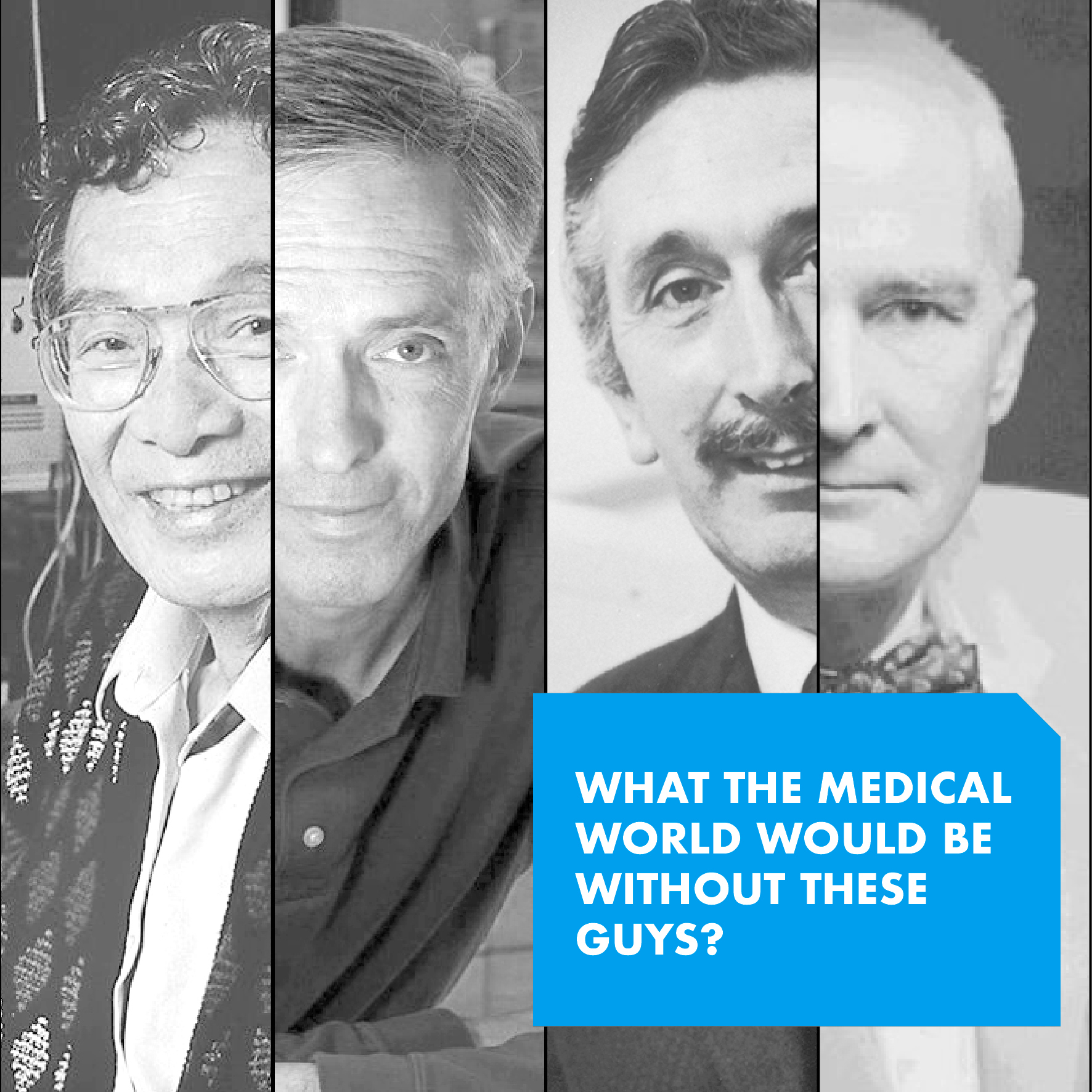
What The Medical World Would Be Without These Guys?
Biomedical engineering combines electronic, mechanical, chemical, as well as materials engineering with the medical fields such as medicine, biology and molecular biology. It is one of the most complex branches of engineering.
Earning a biomedical engineering degree can literally help you change the world because biomedical engineers have developed a number of life-enhancing and life-saving technologies.
Biomedical Engineers could look at how the body processes and react to different substances and generate medicines or devices that could solve or improve a person’s quality of life. Here are some engineers who shaped the medical equipment of today.
- Yuan-Cheng Fung
Widely known as the father of biomechanics. He joined the University of California, San Diego in 1966 to start a Bachelor’s Degree, Master’s Degree, Ph. D program in bioengineering. He established the fundamentals of biomechanical properties in many of the different organs and tissues in the human body. In the field of tissue engineering, he studied remodeling, growth and resorption of tissues, concentrating on doing these on blood vessels under stress in health and disease.
- James J. Collins
James J. Collins is Termeer Professor of Bioengineering in the Department of Biological Engineering and Institute for Medical Engineering & Science. He is one of the founders of the emerging field of synthetic biology, and has made multiple synthetic biology breakthroughs in biotechnology and biomedicine, including paper-based diagnostics for Zika & Ebola and programmable cells that serve as living diagnostics and living therapeutics to detect-and-treat infections, rare genetic metabolic disorders, and inflammatory bowel disease.
- Godfrey Hounsfield
A CT scan or computed tomography scan (formerly known as a computed axial tomography or CAT scan) is a medical imaging technique uses a combination of X-rays and a computer to create pictures of your organs, bones, and other tissues. The first commercially available CT scanner was created by British Biomedical engineer Godfrey Newbold Hounsfield in 1972. He was later on jointly awarded the 1979 Nobel Prize in Physiology and Medicine.
- John Heysham Gibbon
John is best known for inventing the heart–lung machine and performing subsequent open heart surgeries which revolutionized heart surgery in the twentieth century. Operating on a beating heart is extremely difficult, and the heart-lung machine allows blood to bypass the heart while surgeons work. Gibbon and his wife carried out their initial research using cats, and by 1935 they had developed a machine that could replace the function of a cat’s heart and lungs for 20 minutes.
Interested in earning a biomedical engineering degree and save more lives? Start today with SGU! Biomedical Engineering SGU will prepare yourself to be the next Biomedical Engineer that will shape the medical equipment in the future.
There are several advantages if you study Biomedical Engineering at SGU. First, because the entire learning process will be delivered in English and you will be offered with a curriculum that continues to adapt. This means that you can also have the opportunity to become international biomedical engineers. Another uniqueness is that SGU Biomedical Engineering also has a double degree program in Germany. With this opportunity, you can get the experience to intern and take several classes in Germany. As a country that is always exposed to the latest technology, here you can experience a multinational environment with people who are also passionate in the field of biomedical engineering and introduce you to the environment of hospital management, medical industry, and research institutions.
When you study Biomedical Engineering at SGU, you will get several courses such as faculty compulsory courses (Calculus, Physics, Chemistry, Entrepreneurship), department compulsory courses (Electrical Engineering, Introduction to Biomedical Instrumentation, Biomedical Instrumentation). Also, other important courses such as Medical Instrumentation, Biomechanics, Biomaterials, Biosensors, Bioinformatics, Medical Biotechnology, Rehabilitation Engineering, Clinical Engineering, and other relevant subjects. Through the combination of theory and industrial practical experience during the internship program in Indonesia and in Germany, you will be equipped with the strong competency needed for the future professional work.
With a Biomedical Engineering degree, you can build your future career in engineering principles to find the solution of problems in biology and medicine with the goal of improving health care. It is a unique expertise for your future career.
- Hospital & Clinics : clinical engineers, consultants for Biomedical Equipment.
- Industries : production manager, maintenance & quality control manager, R&D engineer, sales engineer
- Researcher : develop technology and method for healthcare improvement
- Government sector : regulator, bureaucrat
About SGU
SWISS GERMAN UNIVERSITY (SGU) is an international university in Indonesia, was established in 2000 as a joint effort between Indonesia, Germany, Switzerland, and Austria. We are the pioneer in offering international curricula in Indonesia. Qualified students can graduate with a Double Degree from Indonesia and Germany, which SGU provides in cooperation with partner universities; surely a valuable tool for your future careers. Ever since its establishment, SGU has been dedicated to delivering quality education in line with international standards and aims to develop skilled professionals who meet the demands of the industry. In order to achieve its objectives, SGU offers quality-oriented learning through 12 Bachelor’s Degree Programs and 4 Master’s Degree Programs ranging from Engineering, Information Technology, and Business to Life Sciences and Social Sciences. Furthermore, with small class sizes, and with English as the medium of instruction, you can look forward to pursuing your tertiary education and degree with full confidence.
Curriculum Back